If this is your first time visiting Death Valley National Park, then you may be finding planning your trip there a little overwhelming. It’s not uncommon for a first time visitor to Death Valley to feel that way.
Which is why I’ve compiled my top Death Valley travel tips.
I’m James Ian and I’m a national park expert and I want to share these travel tips for Death Valley National Park with you.
No time right now to read these tips for visiting Death Valley National Park? Pin It and save it for later:
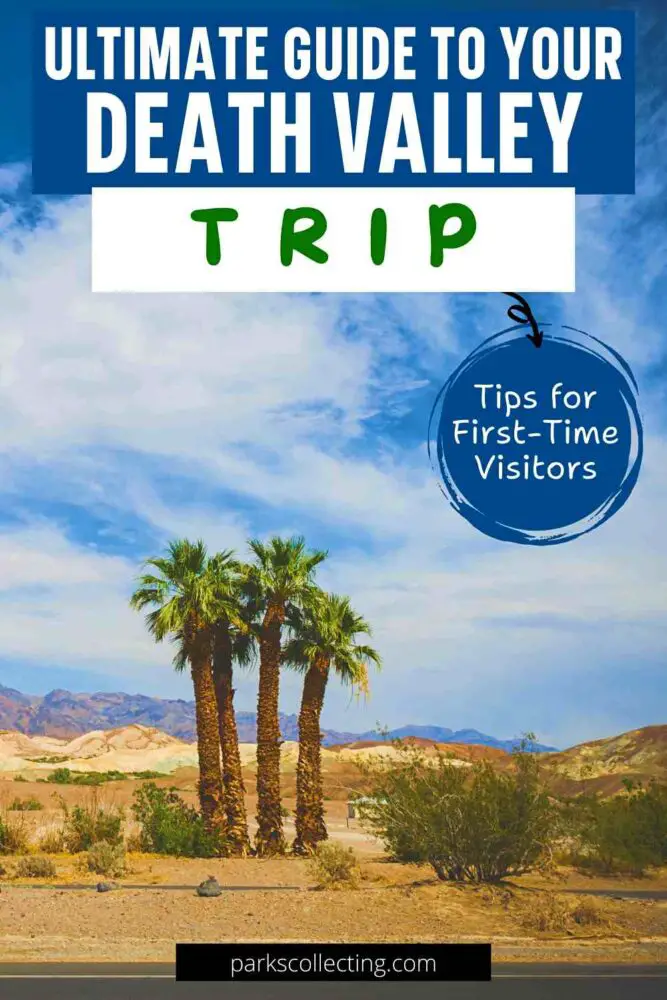
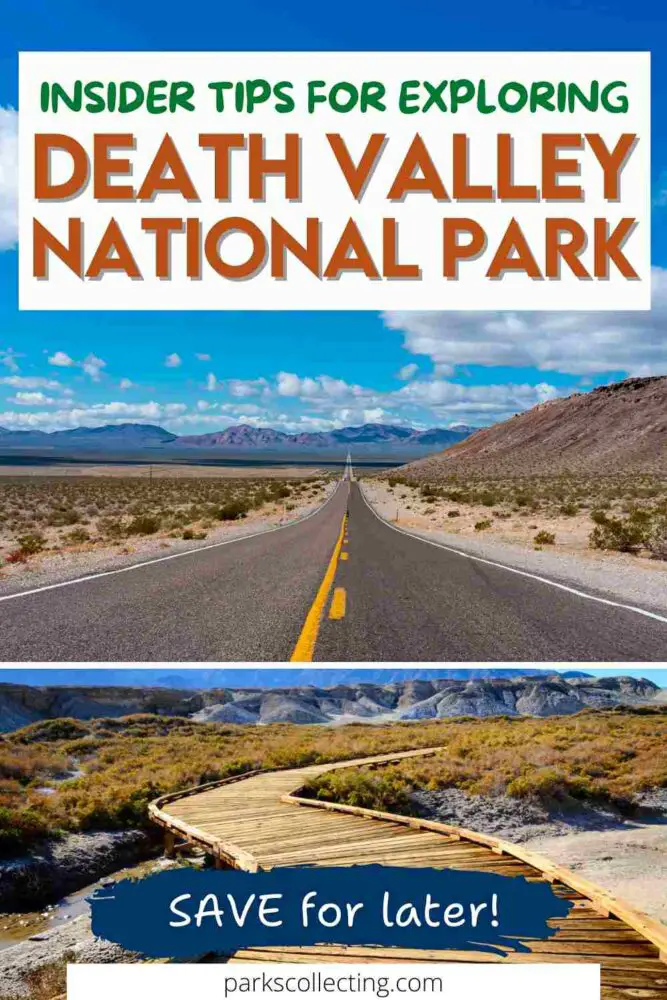
🛏️TOP HOTEL PICK: Check availability now
🚘FIND THE CHEAPEST CAR RENTAL: Search Discover Cars for the best deals
✈️FIND THE CHEAPEST FLIGHTS: Search Skyscanner for the best deals
🧳GET TRAVEL INSURANCE: Get insured with Travelex before you go
📱TAKE AN AUDIO TOUR: Buy an audio tour now
Subscribe to daily national parks planning tips, travel inspiration and trip ideas and I’ll send you a free PDF of this Guide:
10 Tips for Visiting Death Valley National Park
Table of Contents
1. Visit During Cooler Months
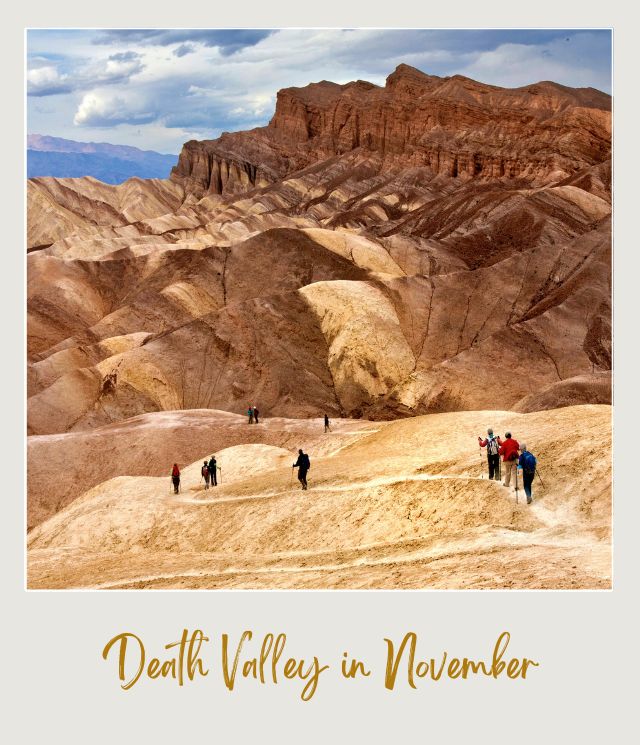
Death Valley is famous for its extreme heat – it’s the hottest place on earth and driest place in North America – but you can avoid the scorching temperatures by planning your trip between November and March.
During these months, daytime temperatures are much more pleasant, typically ranging from 60°F to 80°F (15°C to 27°C). This makes outdoor activities like hiking and sightseeing much more enjoyable.
Winter visits also offer unique experiences. You might catch wildflowers blooming in late winter or early spring, transforming the desert landscape. The cooler temperatures also allow you to explore areas that are often too hot to visit in summer, like the salt flats at Badwater Basin or the Golden Canyon trail.
2. Carry Plenty of Water
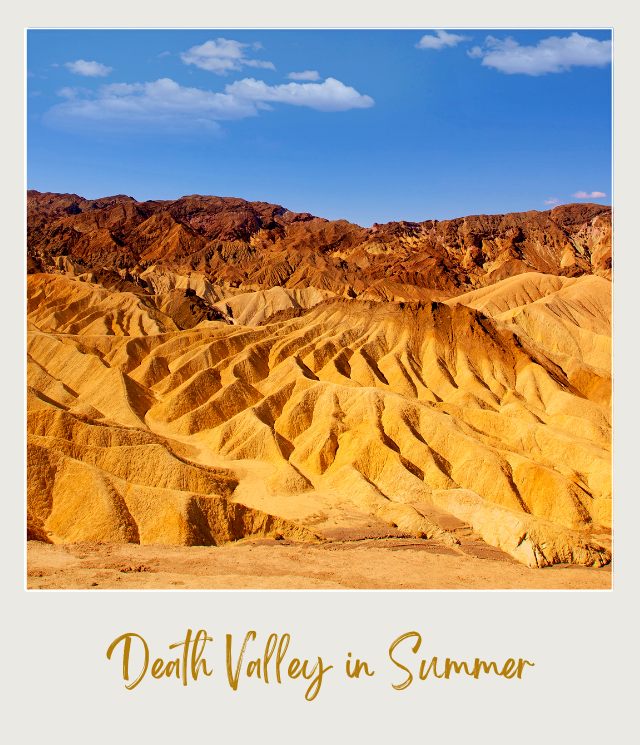
In Death Valley’s dry climate, staying hydrated is extremely important for your safety and enjoyment. Pack at least one gallon (4 liters) of water per person per day. This might seem like a lot, but you’ll be surprised how quickly you go through it in the dry desert air.
Don’t rely on finding water sources within the park. While there are a few places to refill water bottles, they’re far apart and not always reliable. Bring more water than you think you’ll need, especially if you’re planning on hiking or spending time outdoors. It’s always better to have extra than to run out in this unforgiving environment.
3. Fill Up Your Gas Tank Before Entering the Park
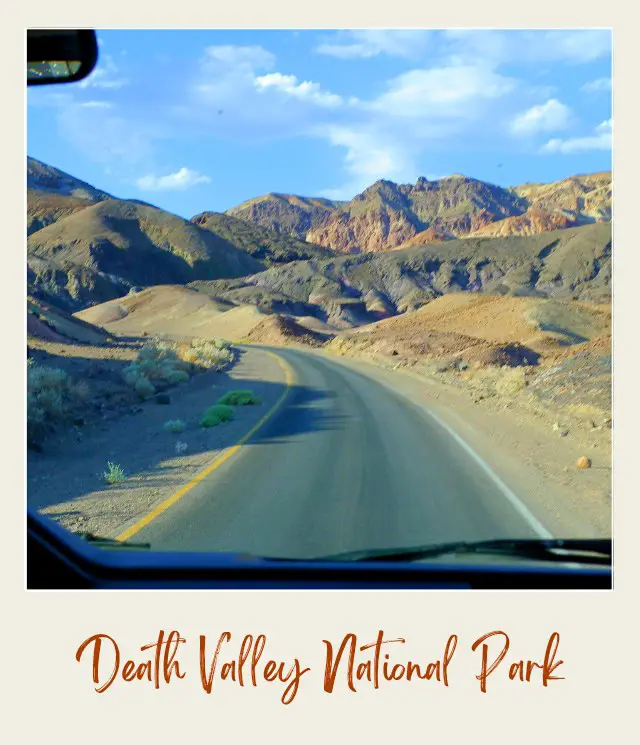
Death Valley is a big place – the largest national park in the lower 48 states.
There are three gas stations in the park:
- The Oasis at Death Valley (located in Furnace Creek) sells two grades of gasoline and diesel.
- Panamint Springs Resort sells gasoline and diesel.
- Stovepipe Wells Resort sells 87-octane gasoline, but does not sell diesel.
However, these are expensive (!) and distances between points of interest can be larger than you realize.
So, fill up your tank before you enter the park, even if you think you have enough to get by.
Good places to gas up include Beatty, Nevada if you’re coming from the east, or Pahrump, Nevada if you’re coming from Las Vegas. If you’re approaching from the west, Ridgecrest, California is a good option.
If you’re driving an electric vehicle (EV), you’ll need to plan even more carefully:
There are four chargers at Stovepipe Wells adjacent to the General Store, two chargers at The Inn at Death Valley and two of the 4 chargers at The Ranch at Death Valley. However, it’s not uncommon for them not to be working and at peak times, there can be very long waits to use them.
There are no rapid chargers inside the park. The closest rapid chargers are in Beatty, Nevada, 43 miles from Furnace Creek.
4. Check Road Conditions and Closures Before Your Trip
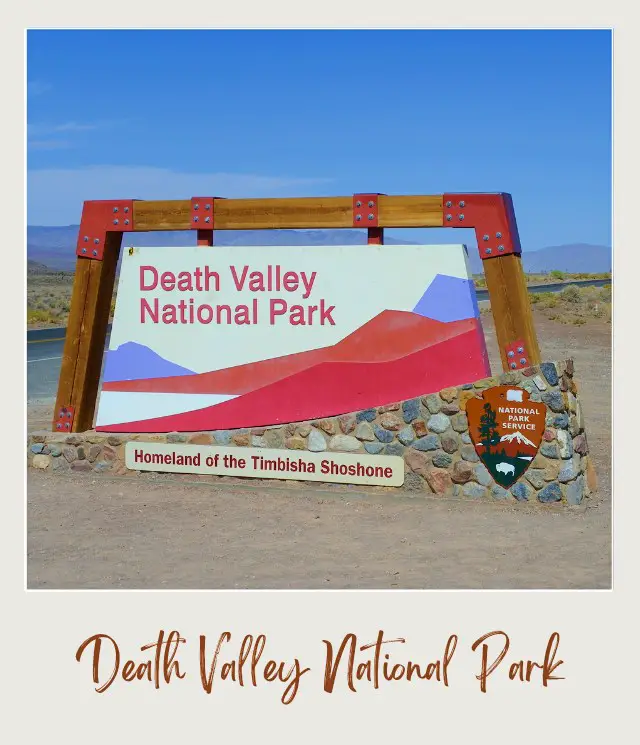
Death Valley’s roads can be unpredictable. Flash floods, rock slides, and extreme heat can cause sudden closures or make roads impassable. Always check the park’s official website for current road conditions before your visit and again on the day of your trip.
You can drive the main roads in a regular vehicle, but some of the park’s most interesting areas, like the Racetrack Playa or Titus Canyon, require high-clearance or 4WD vehicles. If you’re planning to visit these spots, make sure your vehicle is up to the task. If not, stick to paved roads – there’s still plenty to see and do.
Also be aware that many rental car companies prohibit off-road driving, so check your agreement if you’re renting.
5. Take a Ranger-Led Program to Learn About the Park’s Unique Geology and History
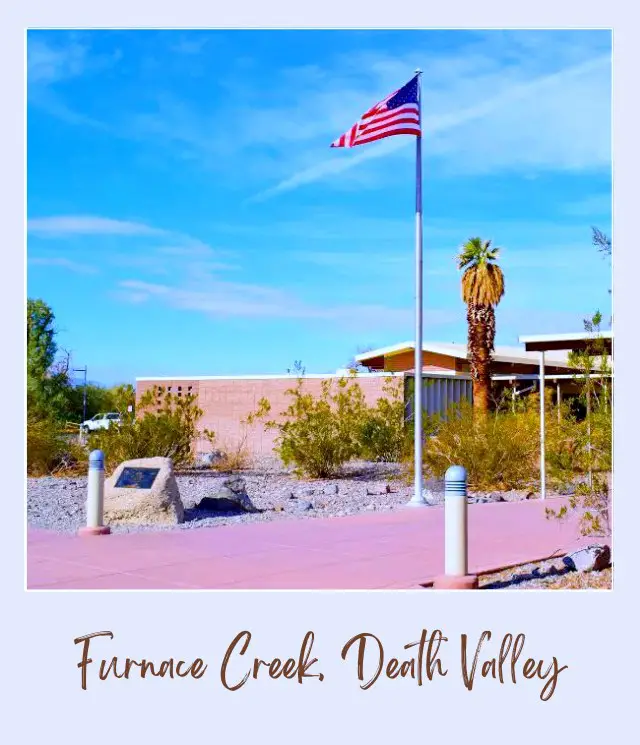
Death Valley’s landscape is like nowhere else on Earth, and the best way to understand it is through the eyes of an expert. Ranger-led programs are offered regularly and cover topics from geology and wildlife to the park’s human history.
These programs are usually free and can really enhance your visit. You might join a guided walk through a canyon, attend an evening stargazing session, or listen to a talk about the park’s mining history.
Check the schedule at the Furnace Creek Visitor Center when you arrive, or look online in advance to plan your visit around specific programs that interest you.
6. Book Accommodations at Furnace Creek or Stovepipe Wells in Advance
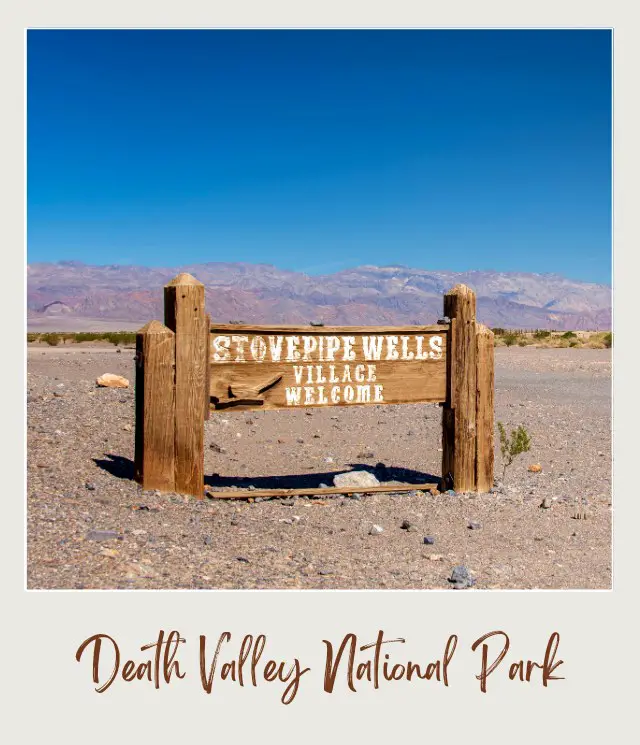
If you’re planning to stay overnight in Death Valley, booking ahead is a must. The park has limited lodging options, and they can fill up quickly, especially during the popular winter and spring seasons.
The Oasis at Death Valley (formerly Furnace Creek Resort) offers two options: the luxurious Inn at Death Valley and the more family-friendly Ranch at Death Valley.
Stovepipe Wells Village is another good choice, with a hotel, restaurant, and general store. Both locations put you in the heart of the park, close to many major attractions.
If you prefer camping, the park has several campgrounds, but many are first-come, first-served, so arrive early to secure a spot. Only a few are open in summer because it’s too hot to camp comfortably.
7. Cool Off in the Spring-Fed Pool at The Oasis at Death Valley
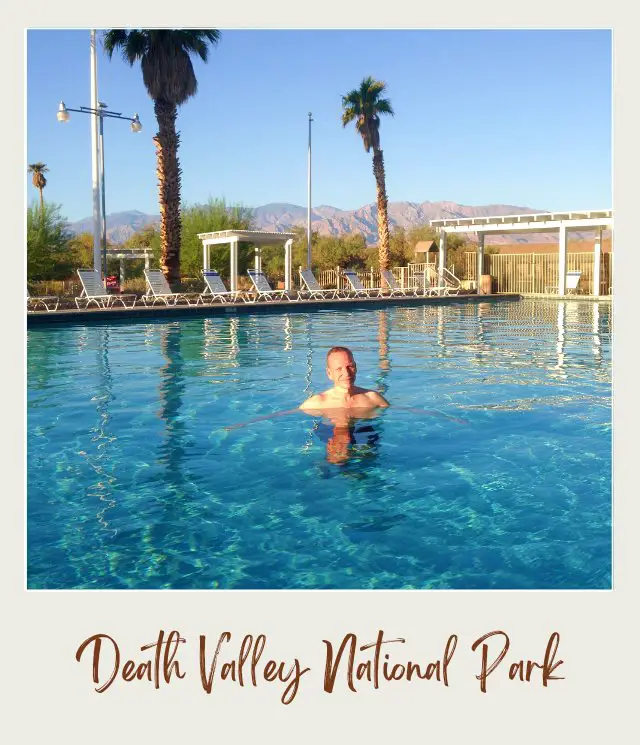
After a day of hiking and sightseeing in the heat, there’s nothing better than a refreshing dip. The spring-fed pool at The Oasis at Death Valley is open to both hotel guests and day visitors for a fee. The pool is filled with natural spring water and stays at a comfortable 87°F (30°C) year-round.
The pool area also offers stunning views of the surrounding desert and mountains. It’s a great place to relax and recharge, especially if you’re staying overnight at the resort. Even if you’re just visiting for the day, the pool can be a welcome respite from the desert heat.
8. Visit Different Highlights at Different Times of the Day
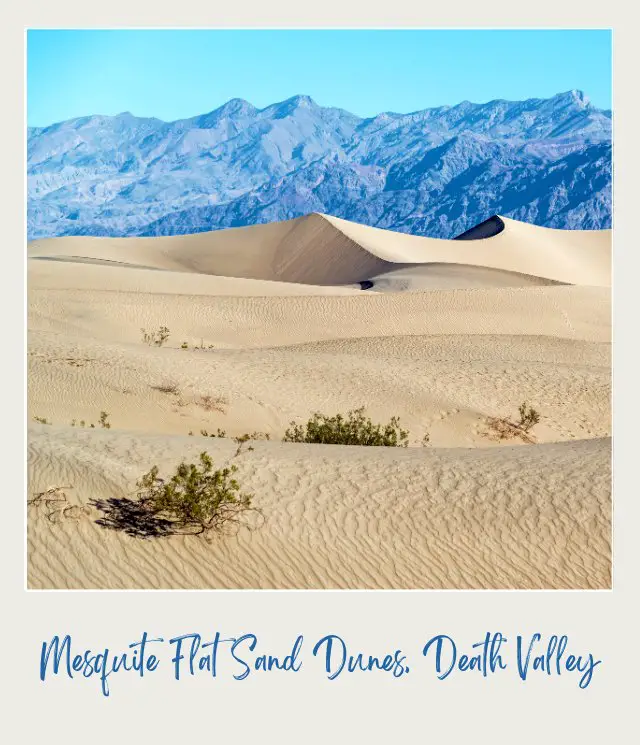
Death Valley’s landscapes transform throughout the day, so timing your visits can make a big difference in your experience.
Start early with a sunrise visit to Zabriskie Point. The golden light on the badlands creates a stunning scene that’s worth the early wake-up call.
In the heat of the day, take a scenic drive along Artist’s Drive. The multi-hued rock formations are at their most vibrant in full sunlight.
As the day cools off, head to Badwater Basin. Walking out onto the salt flats during golden hour creates beautiful photo opportunities.
End your day at Mesquite Flat Sand Dunes for a spectacular sunset. The low light creates dramatic shadows on the dunes, perfect for photography.
9. Learn About the Park’s History
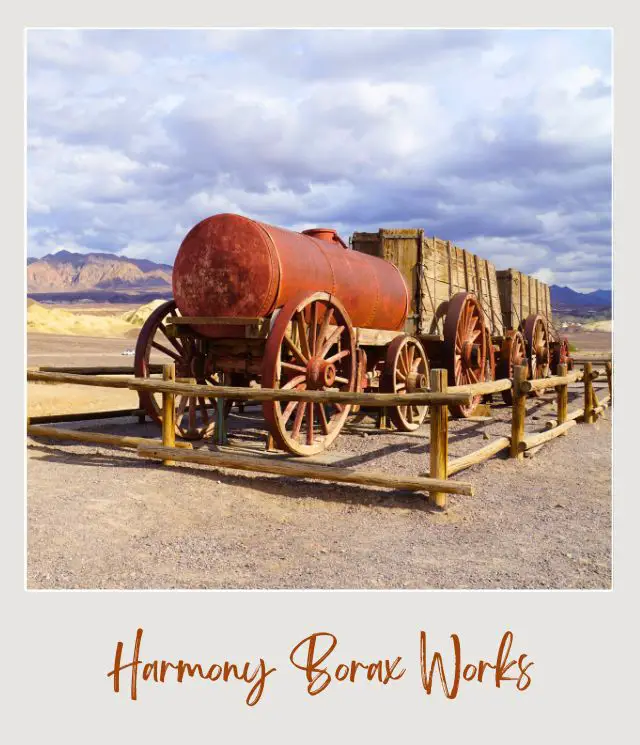
Death Valley isn’t just about natural wonders – it also has a fascinating human history. Stop by the Harmony Borax Works to see the remains of the borax mining operation that existed for a few years on the late 1800’s. You can see the old processing plant and some of the famous 20-mule team wagons that transported borax out of the valley.
For a glimpse into the area’s gold rush history, take a side trip to the ghost town of Rhyolite, just outside the park’s eastern boundary. Once a booming mining town, Rhyolite now stands in picturesque ruin. You can walk among the abandoned buildings, including a house made entirely of beer and liquor bottles. It’s a haunting reminder of the boom-and-bust cycle of desert mining towns.
10. Pack Sun Protection
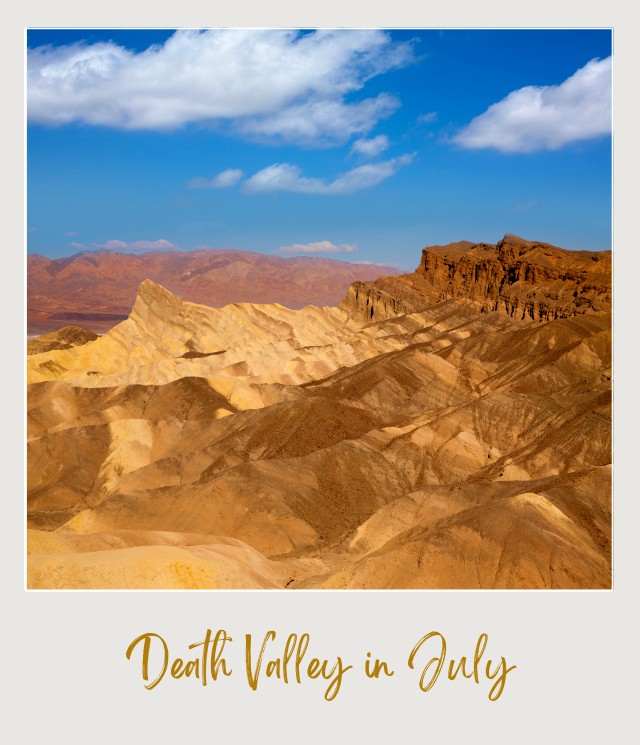
The desert sun in Death Valley is intense, even in winter. Proper sun protection is essential for your comfort and safety. Bring a wide-brimmed hat to shade your face and neck, and don’t forget sunglasses to protect your eyes from glare off the light-colored desert surfaces.
Apply a high-SPF sunscreen liberally and often, especially if you’re swimming or sweating. Light-colored, loose-fitting clothing that covers your arms and legs can provide additional protection. Long-sleeved shirts and pants might seem counterintuitive in the heat, but they can actually keep you cooler by shielding your skin from direct sun.
Enjoy your Death Valley visit!
Additional Planning Resources for Death Valley National Park
⭐ Planning A Trip to Death Valley National Park: 7 Mistakes to Avoid
⭐ Best Hikes in Death Valley National Park
⭐ 10 Fun Facts About Death Valley National Park
⭐ The Closest Airport to Death Valley National Park
⭐ All The Airports Near Death Valley National Park
⭐ How to Get to Death Valley National Park
⭐ Best Time To Visit Death Valley National Park
⭐ Visiting Death Valley National Park: What To Expect Throughout the Year
Do you have any other tips: Death Valley? I’d love to hear about them. Join my private Facebook group National Parks Collectors and comment and let me know (you can also pick up extra planning tips, share your photos and stories with other national park lovers and more).
Subscribe to daily national parks planning tips, travel inspiration and trip ideas and I’ll send you a free PDF of this Guide:
10 Tips for Visiting Death Valley National Park
If you liked this Death Valley visitors guide, Pin It to your Death Valley National Park board!


💡 Are you just starting to think about taking a national parks trip? Get Inspiration
‼️ Are you looking for helpful tips for visiting US national parks? Read articles that share useful tips on a range of national-park related issues
💻 Are you starting to plan a trip to Death Valley National Park? Read my Guide to Death Valley National Park
💲 Are you ready to book your trip? Use these Planning and Booking Resources
📖 Do you want to read a book about US national parks? Check out my Recommended Reading Lists
About the Author
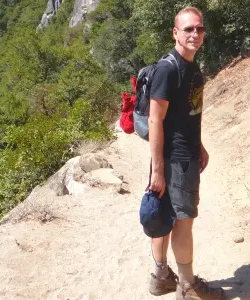
James Ian is a national park, camping and hiking expert.
He has dedicated his life to travel, visiting more than 80 countries, all 7 continents and most of the national parks in the United States. With over 35 years experience in the travel industry, James has worked on cruise ships, at resorts and hotels, and as a travel planner who’s helped hundreds of people plan successful trips to US national parks.
Based on his experience visiting our national parks multiple times, in-depth research and expertise as a travel planner, James has published detailed itineraries for many of the major national parks in the US. These itineraries, as well as in-depth park guides, and other resources will help you have your own incredible trip to US national parks without stress and hassle.
As a national park expert, James has contributed to many publications, including USA Today, Newsweek, Time Business News, Savoteur, Best Trip, and Wired.
I’m a member of the Amazon Services LLC Associates Program. As an Amazon Associate I earn from qualifying purchases.
